YELLOW CORN WHOLESALE SUPPLIER
Also known as maize (Zea mays), corn is one of the world��s most popular cereal grains. It��s the seed of a plant in the grass family, native to Central America but grown in countless varieties worldwide.
Popcorn and sweet corn are popular varieties, but refined corn products are also widely consumed, frequently as ingredients in processed food.
These include tortillas, tortilla chips, polenta, cornmeal, corn flour, corn syrup, and corn oil.
Whole-grain corn is as healthy as any cereal grain, as it��s rich in fiber and many vitamins, minerals, and antioxidants.
Corn is typically yellow but comes in a variety of other colors, such as red, orange, purple, blue, white, and black.
Nutrition facts
Here are the nutrition facts for 3.5 ounces (100 grams) of boiled yellow corn
- Calories:�96
- Water:�73%
- Protein:�3.4 grams
- Carbs:�21 grams
- Sugar:�4.5 grams
- Fiber:�2.4 grams
- Fat:�1.5 grams
Carbs
Like all cereal grains, corn is primarily composed of
Starch is its main carb, comprising 28��80% of its dry weight. Corn also provides small amounts of sugar (1��3%)
Sweet corn, or sugar corn, is a special, low-starch variety with higher sugar content, at 18% of the dry weight. Most of the sugar is sucrose
Despite the sugar in sweet corn, it is not a high-glycemic food, ranking low or medium on the glycemic index (GI)
The GI is a measure of how quickly carbs are digested. Foods that rank high on this index may cause an unhealthy�spike in blood sugar.
Fiber
Corn contains a fair amount of fiber.
One medium bag (112 grams) of cinema popcorn boasts approximately 16 grams of�fiber.
This is 42% and 64% of the Daily Value (DV) for men and women, respectively. While the fiber content of different types of corn varies, it��s generally around 9��15% of the dry weight
The predominant fibers in corn are insoluble ones, such as hemicellulose, cellulose, and lignin
Protein
Corn is a decent source of protein.
Depending on the variety, the protein content ranges from 10��15%
The most abundant proteins in corn are known as zeins, accounting for 44��79% of the total protein content
Overall, the protein quality of zeins is poor because they lack some
Zeins have many industrial applications, as they��re used in the production of adhesives, inks, and coatings for pills, candy, and nuts

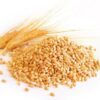
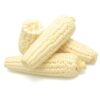

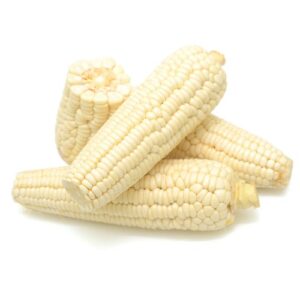

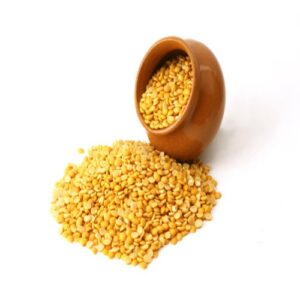
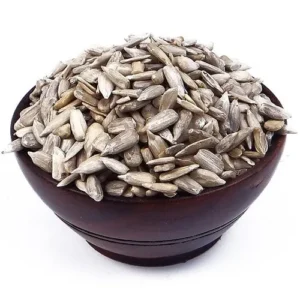
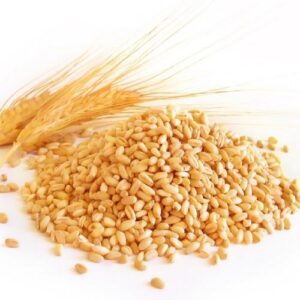

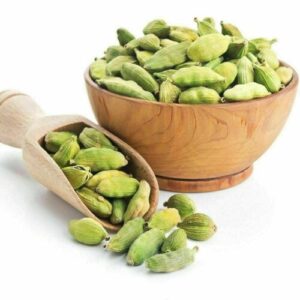

Reviews
There are no reviews yet.